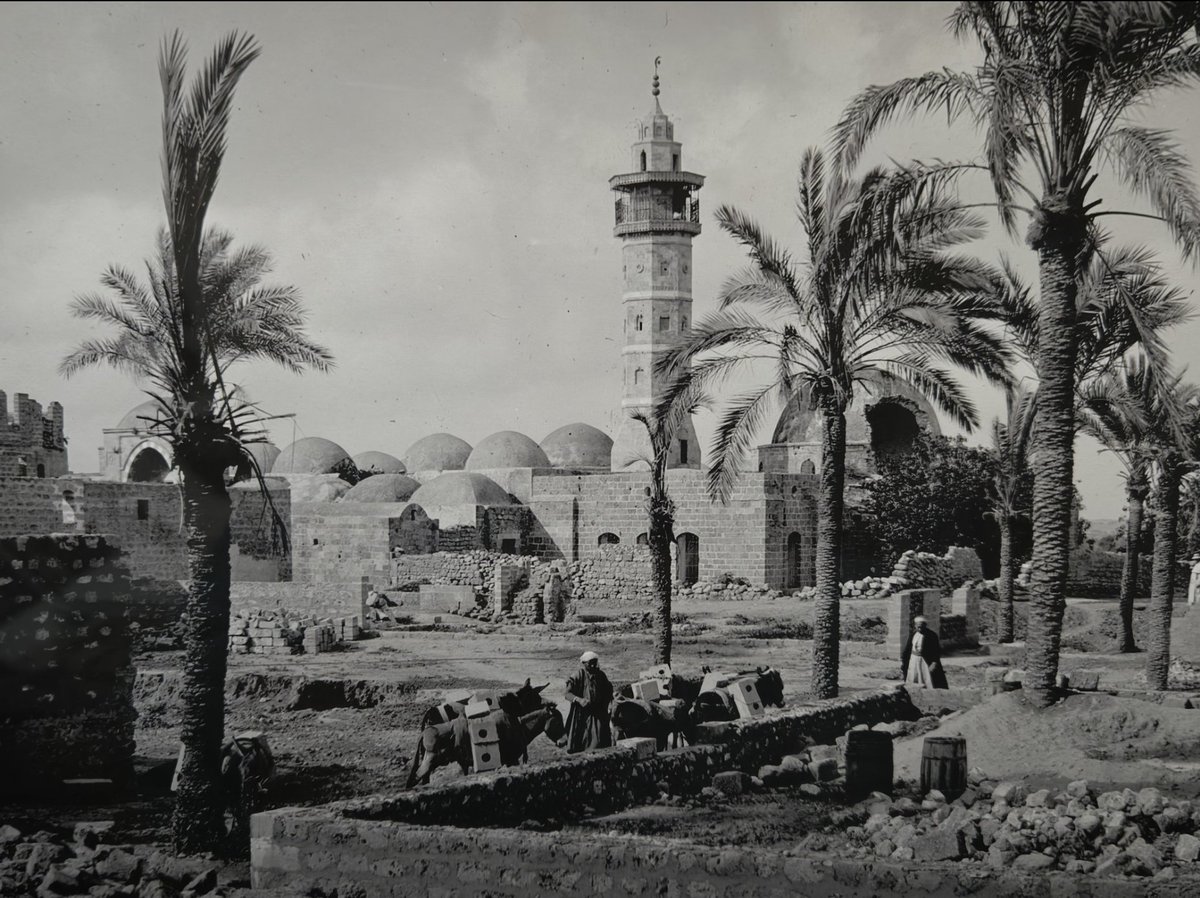In 615CE, the same year sculptors in Afghanistan began work on the second Bamiyan Buddha & just as the Sui dynasty was collapsing in China, in the N Cambodian kingdom of Chenla a Shaivite monarch named Ishanavarman I began work on a capital called Ishanapura, the City of Shiva. 

Ishanapura in time became by far the largest urban centre in the region. Today it is known as Sambor Prei Kuk.
The city was built on an impressive scale: the southern temple complex, one of three, measured 300 by 270 m. Sunken tanks were accessed by steps.
The city was built on an impressive scale: the southern temple complex, one of three, measured 300 by 270 m. Sunken tanks were accessed by steps.

Today, many of the bricks temples Isanavarman constructed are now overgrown and returning to the forests that surround them 

Banyan roots, strangler figs and lianas are eating up the temples with vines like spiders embalming living, captive insects 

Walled enclosures contains three impressive temple complexes. The outer wall of one is decorated with roundels, once covered in stucco and painted, and filled with scenes taken from Hindu epics, especially the Ramayana. 

Some of temples are square, others octagonal; a few were strongly influenced by Pallava prototypes, others recall Gupta brick complexes such as that at Bhitragaon in UP. 

Almost all are decorated with images of ‘flying palaces’ unlike anythjng in India, which seem to be representations of earlier building traditions in wood. The guards told me that local people regard the palaces as homes to the spirits of their ancestors who built this complex. 

A surviving Chinese account of a visit to a Chenla centre, probably Ishanapura itself, described a great hall where the king gave audiences every third day. He wore a cap of gold and precious stones, and sat on a wooden throne. 

Five great officials were present to advise him, backed by many more functionaries and guards. Courtiers and officials touched the ground thrice with their heads during audience, and prostrated themselves before the king before retiring. 

Isanavarman seems to have been a ruler of considerable charisma, for his inscriptions claimed control over dependencies over a large part of lowland Cambodia, where he appointed officials to administer the dependent provinces. 

From here it seems Ishanavarman subjugated Funan, and at least according to the Chinese Buddhist monk Yijing, began persecuting Buddhists. Whether or not that was the case, and the evidence is mixed, Ishanavarman extended his influence over much of Cambodia. 

Funan’s lands in the Mekong Delta were slowly depopulated as cultivators shifted their labor to more productive and secure lands upstream, around Sambor Prei Kuk. His building plans form the protoypes of much of later Khmer architecture. 

One final memorable legacy of Sambor Prei Kuk: it was here that was found the famous stele K127 that has the oldest dated zero in the world, dating from 683CE- preceding the Gwalior zero by two hundred years- its the dot between the two tadpoles in the middle of the second line. 

(With thanks to @WildFrontiers, @SingaporeAir and @Amanresorts who all generously sponsored this research trip.)
• • •
Missing some Tweet in this thread? You can try to
force a refresh




























